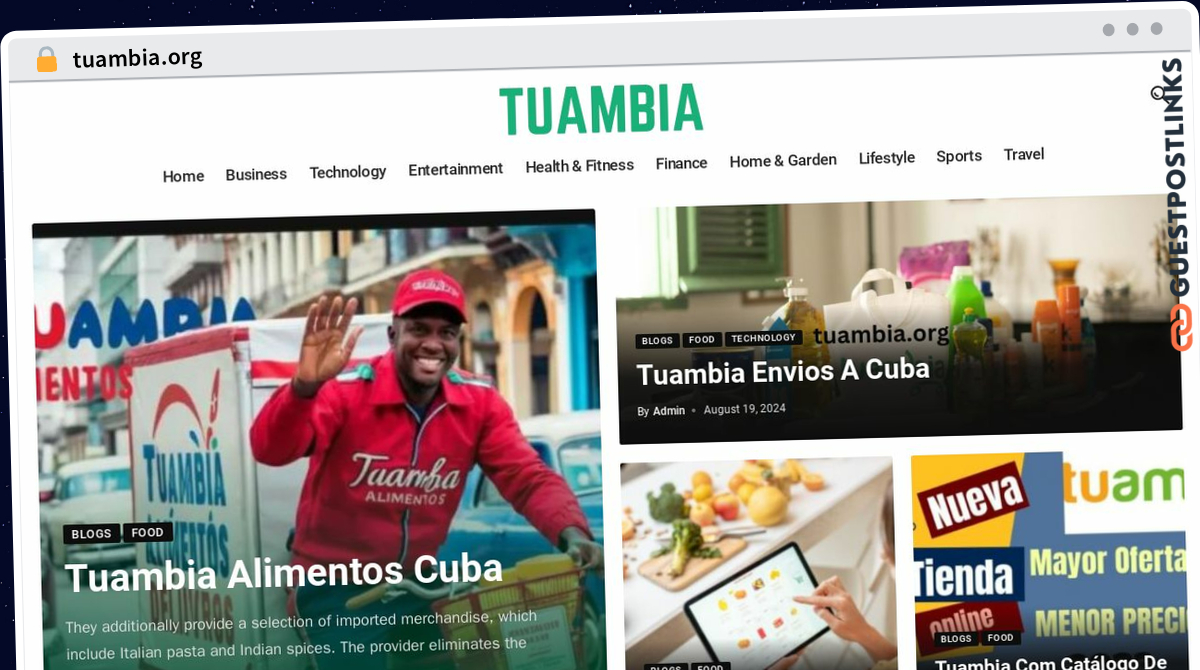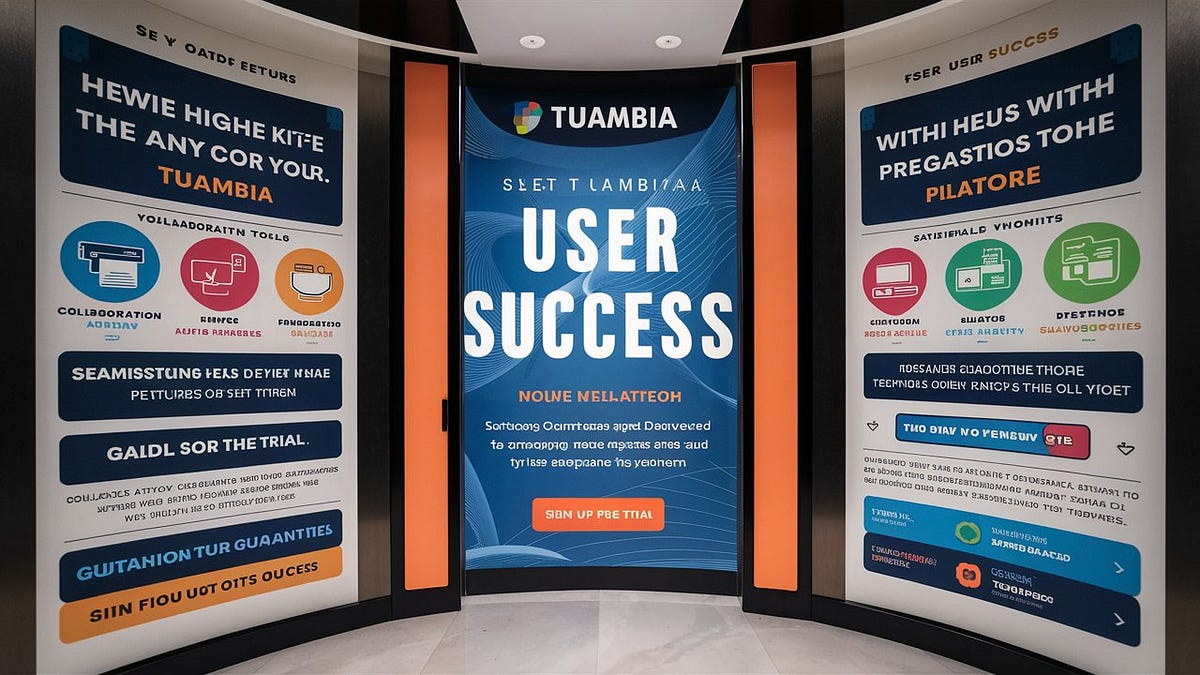In today’s world, language is constantly evolving, with new words and phrases emerging every day. One such word gaining popularity in the United States is “Tuambia.” But what exactly does it mean? Why is it becoming such an important term in modern conversations? This article dives deep into the meaning of Tuambia, its origins, and how it’s used today, from schools to family conversations. Whether you’re a parent, teacher, or just curious, you’ll learn why Tuambia is more than just a buzzword—it’s a concept that can impact everyday life.
What Does Tuambia Mean?
The word Tuambia might sound unfamiliar at first, but its meaning is quite straightforward. In essence, Tuambia is derived from African languages, where it translates to “tell us” or “share with us.” It’s a word that invokes communication, openness, and the act of sharing thoughts, stories, and ideas. At its core, Tuambia encourages people to speak up and express themselves.
In a world where communication is key, Tuambia represents the idea of openness and the importance of everyone having a voice. It encourages inclusion and respect and is a platform where all opinions are heard, making it a powerful tool for fostering meaningful conversations in various settings.
Where Did the Word Tuambia Come From?
Tuambia has its roots in African languages, particularly Swahili, a widely spoken language in East Africa. In Swahili, “ambia“ means “to tell“ or “to inform,“ and when combined with “tu,“ it means “tell us.“ Over time, this phrase has crossed borders and entered other parts of the world, including the United States, where it has found relevance in different sectors of society.
In the context of the United States, where communities are becoming more diverse, the word Tuambia has taken on a broader meaning. It symbolizes the need for people from different backgrounds to come together, share their experiences, and foster mutual understanding. This powerful word has gained traction due to its inclusive nature, making it highly adaptable for social, educational, and personal conversations.
Why is Tuambia Becoming Popular in the United States?
In recent years, Tuambia has been gaining popularity across the United States. With the country being a melting pot of cultures, the idea of open communication and sharing is becoming increasingly essential. This is particularly important in a time where inclusivity, diversity, and understanding are core values in many communities.

One of the reasons for Tuambia’s rise in popularity is its ability to resonate with a wide range of people. From educational institutions promoting diverse perspectives to families encouraging open conversations at home, Tuambia offers a way to engage in meaningful dialogue. It’s also being adopted in social media, where users are constantly encouraged to share their thoughts, ideas, and experiences with others, creating a ripple effect across different platforms.
Tuambia in Social Media
Social media has played a significant role in the spread of the word Tuambia. Platforms like Twitter, Instagram, and TikTok have seen users incorporate Tuambia into their posts, encouraging followers to share their stories and thoughts. Influencers and community leaders have started using Tuambia to drive conversations around important topics like mental health, diversity, and inclusion.
Through hashtags and challenges, Tuambia has gained traction as a way to create interactive and engaging content. It’s a call to action for people to not just observe but actively participate in discussions, thereby fostering a sense of community. The more people engage with the term, the more it’s becoming embedded in online culture.
Using Tuambia in Schools
In schools, Tuambia is becoming an essential tool for teachers and students alike. Many educators are using the concept of Tuambia to encourage students to speak up in class, share their opinions, and engage in healthy discussions. By fostering an environment where students feel comfortable sharing, teachers can create a more inclusive and dynamic learning environment.
The word is also being integrated into lessons that promote social and emotional learning. In these discussions, students are taught the value of communication, empathy, and active listening—all of which are integral to the concept of Tuambia. It’s not just about learning facts; it’s about learning how to connect with others and express oneself.
Tuambia in Family Conversations
At home, Tuambia is becoming a key part of family conversations. Parents are using the concept to encourage their children to speak openly about their thoughts, feelings, and experiences. In a world where children often feel overwhelmed or misunderstood, Tuambia offers a way for them to feel heard and valued.
By incorporating Tuambia into daily interactions, families are building stronger bonds based on trust and open communication. It’s not just about solving problems but also about creating a space where every family member feels they can share without judgment.
How Can You Use Tuambia in Your Daily Life?
Tuambia is not just a word; it’s a mindset. You can incorporate Tuambia into various aspects of your daily life, whether it’s at work, school, or home. Here are some practical ways to use Tuambia:
- At Work: Encourage open communication among team members by creating an environment where everyone feels comfortable sharing their ideas and feedback. Using Tuambia as a guiding principle, meetings can become more productive and inclusive.
- With Friends: In your personal relationships, Tuambia can help foster deeper connections. Encourage your friends to share their thoughts and feelings openly. By practicing active listening and empathy, you create stronger bonds.
- In Self-Reflection: Use Tuambia as a tool for self-growth. By asking yourself to share your own thoughts and reflect on them, you can better understand your feelings, motivations, and goals.
What Makes Tuambia So Special?
What sets Tuambia apart from other words related to communication is its simplicity and universality. While the word itself is derived from a specific language, its meaning transcends cultural barriers. The act of telling, sharing, and communicating is a fundamental human need, and Tuambia encapsulates this idea in a way that is accessible to everyone.
Another aspect that makes Tuambia special is its flexibility. It can be used in both formal and informal settings, making it a versatile tool for anyone looking to improve their communication skills. Whether you’re a teacher, parent, friend, or leader, Tuambia can help you connect with others on a deeper level.
Can Kids Use Tuambia Too?
Absolutely! Kids can benefit greatly from the concept of Tuambia. It teaches them the importance of sharing their thoughts and feelings and helps them develop strong communication skills from a young age. When children learn to express themselves openly, they are better equipped to handle challenges, build relationships, and grow emotionally.

Tuambia at School
At school, children can use Tuambia to engage with their classmates and teachers. It promotes a positive classroom environment where every student feels included and heard. Teachers can encourage students to use Tuambia by asking them to share their ideas during discussions and group projects.
Sharing Tuambia with Friends
Outside of school, children can use Tuambia in their friendships. Whether they are talking about their day, sharing a funny story, or discussing a problem, Tuambia helps them communicate in a way that builds trust and strengthens their friendships. Encouraging kids to use Tuambia also helps them develop empathy as they learn to listen and respond to others thoughtfully.
What Are the Benefits of Using Tuambia?
There are many benefits to using Tuambia, especially for kids:
- Improved Communication Skills: By practicing Tuambia, kids learn how to articulate their thoughts and emotions more clearly, which is an essential skill for both academic success and personal development.
- Increased Confidence: When children are encouraged to share their ideas, they become more confident in themselves and their abilities. This confidence can carry over into other areas of their lives, such as public speaking, teamwork, and problem-solving.
- Stronger Relationships: Tuambia fosters open communication, which is key to building and maintaining strong relationships. Whether it’s with friends, family, or teachers, using Tuambia can help kids form meaningful connections with others.
Conclusion: Why Tuambia is a Word You Should Know
Tuambia is more than just a word—it’s a powerful concept that can transform the way we communicate. Whether you’re a teacher, parent, or friend, Tuambia encourages openness, inclusion, and the sharing of ideas. In a world where communication is more important than ever, understanding and using Tuambia can help you foster deeper connections with those around you.
By incorporating Tuambia into your daily life, you not only improve your own communication skills but also encourage others to do the same. From schools to social media to family conversations, Tuambia is a tool that can bring people together and create a more inclusive and understanding world.
The Bottom Line
If you want to improve your communication skills and foster better relationships, Tuambia is a concept worth embracing. It’s simple, it’s universal, and it’s effective. Whether you’re talking with your kids, engaging with colleagues at work, or sharing with friends online, Tuambia can help you create more meaningful and impactful conversations. So next time you find yourself in a conversation, remember to practice Tuambia—share, listen, and connect.








